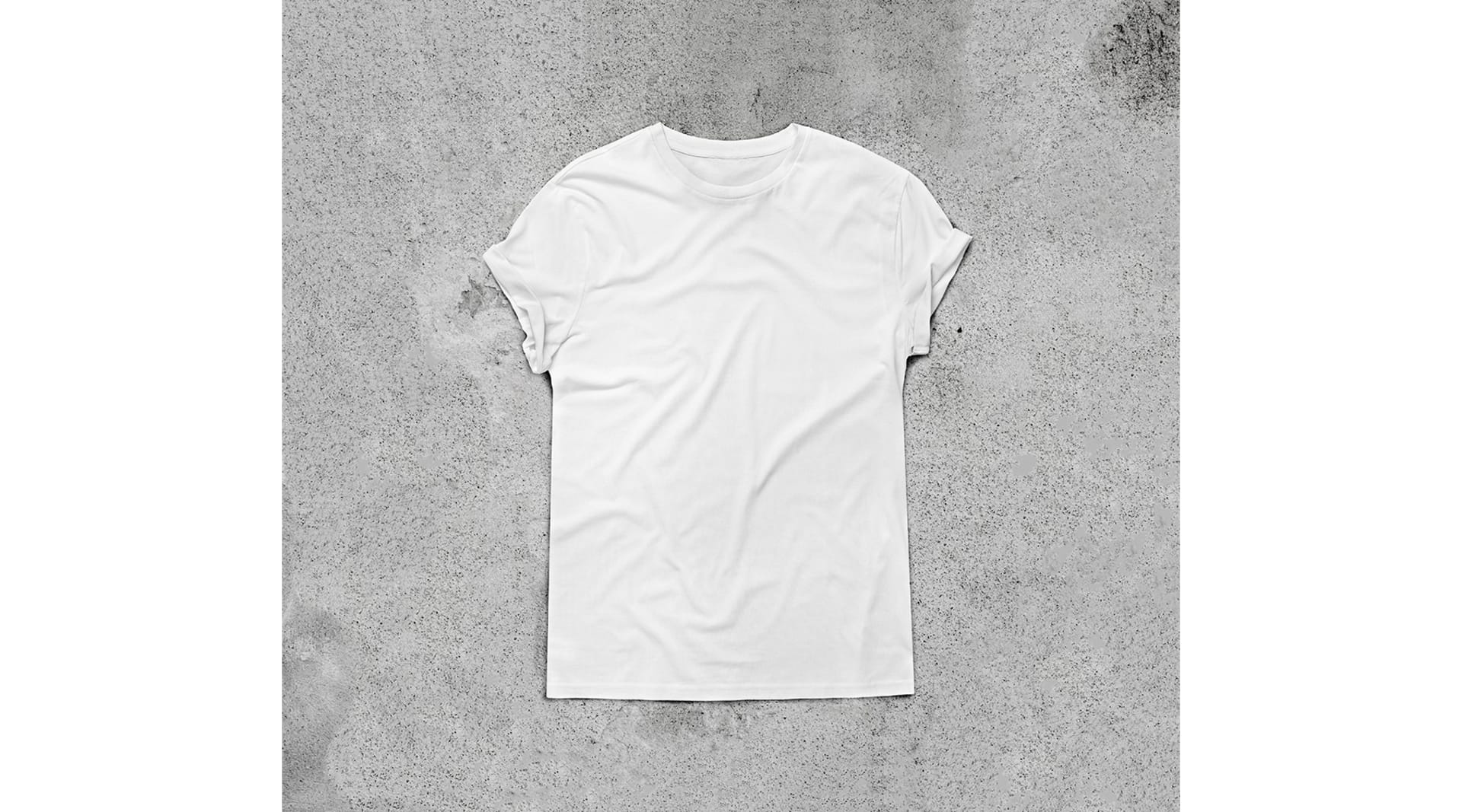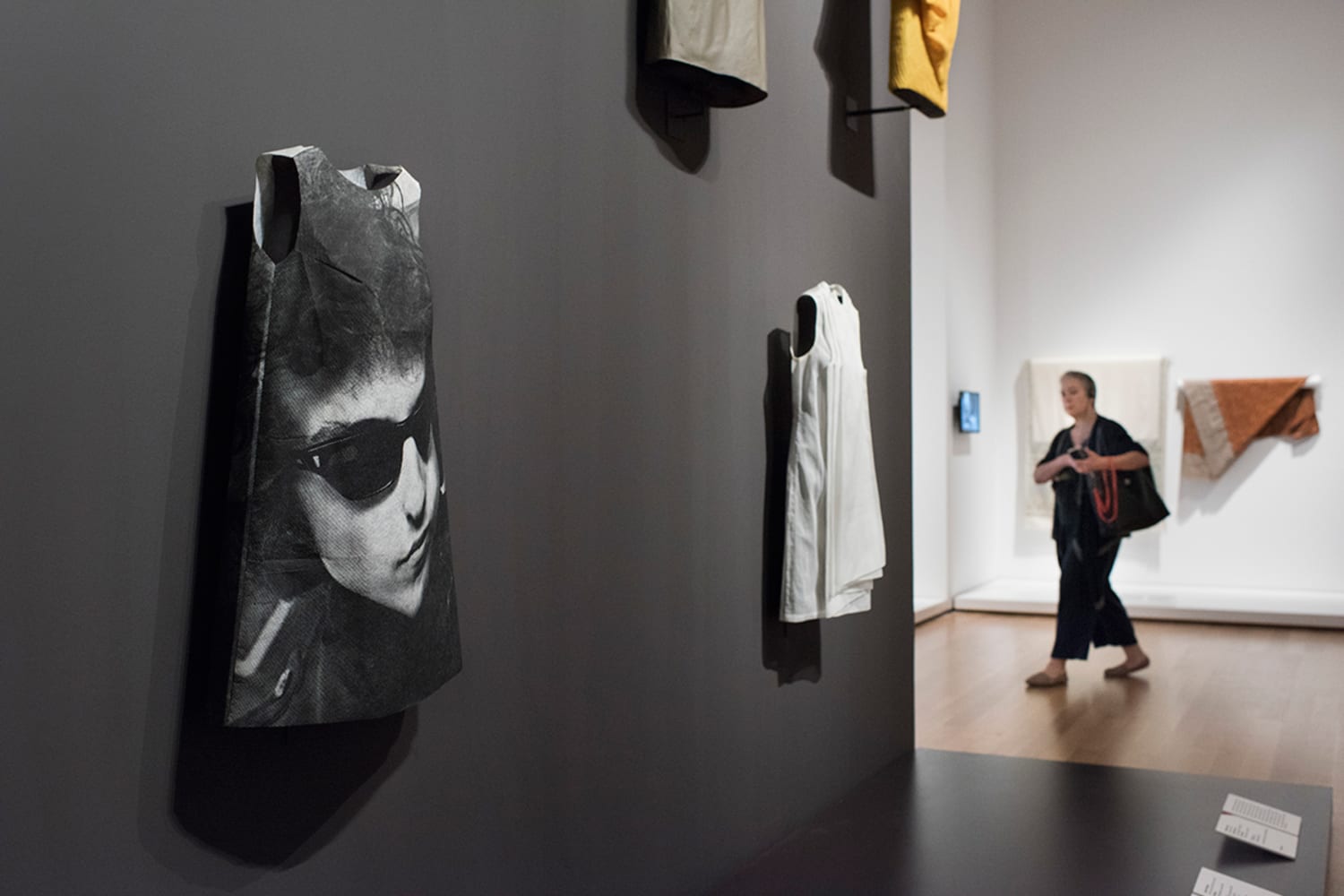At the Museum of Modern Art in New York City, fashion has been put under a microscope—as have the design elements, social ramifications, and political context that come with it. Featuring items from the quotidian to the luxury, Items: Is Fashion Modern? is the museum’s first serious look at the fashion industry since 1944’s Are Clothes Modern?
“With today’s question—Is Fashion Modern?–we shift the focus from the individual to the collective sphere and highlight not only the ways in which clothing is made, but the ways in which it might be made,” read the exhibition text. The exhibition contains 111 items of clothing and accessories that have made a significant impact on the world, charting an anthropological journey through the 21st century.
“Fashion has often been sidelined and looked down upon as ephemeral, decorative, and downright vacuous in design and other academic realms, a perception we hope to address and recalibrate in our exhibition,” wrote MoMA curator Paola Antonelli on Medium. “One thing is clear: it is impossible to imagine a design history without fashion.”
Several key items from pop culture were on display, including the Adidas Superstar sneaker, the Walkman, the little black dress (LBD) and Ray-Bans. Athleisure made a brief appearance, with early pieces from Patagonia and Gore-Tex. And creative juxtapositions, such as the 1990s fanny pack next to the Louis Vutton “Faux Cul” bag, showed how trends can cut through class and culture.






